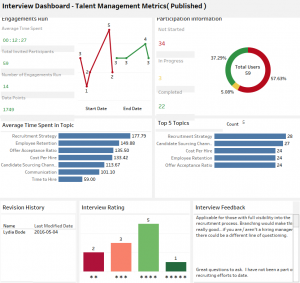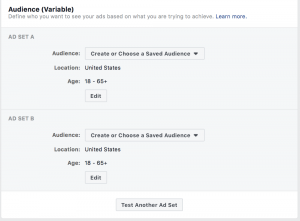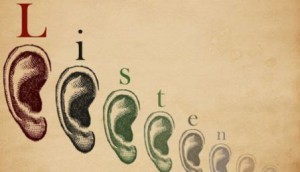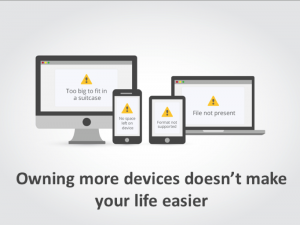Experts at Oxford University and elsewhere have estimated that the risk of a global human extinction event this century—or at least of an event that wipes out 10 percent or more of the world’s population— is around 1 in 10. The most probable culprits sending us the way of the dinosaur are mostly anthropogenic risks, meaning those created by humans. These include climate change, nuclear disaster, and more emerging risks such as artificial intelligence gone wrong (by accident or nefarious intent) and bioterrorism. A recent search of the scientific literature through ScienceDirect for “human extinction” returned a demoralizing 157 results, compared to the 1,627 for “dung beetle.” I don’t know about you, but this concerns me. Why is there so little research and action on existential risks (risks capable of rendering humanity extinct)?
A big part of the problem is a lack of awareness about the real threats we face and what can be done about them. When asked to estimate the chance of an extinction event in the next 50 years, U.S. adults in surveys reported chances ranging from 1 in 10 million to 1 in 100, certainly not 10 percent. The awareness and engagement issues extend to the academic community as well, where a key bottleneck is a lack of talented people studying existential risks. Developing viable risk mitigation strategies will require widespread civic engagement and concerted research efforts. Consequently, there is an urgent need to improve the communication of the magnitude and importance of existential risks. The first step is getting an audience to pay attention to this issue.
That won’t be easy. Our social media-driven digital echo chambers present us with topics we already care about, so if you don’t already think about existential risk, it is unlikely you’ll come across it. Furthermore, in today’s media environment, research data must compete with a sea of misinformation, spin, and a daily deluge of “breaking” headlines. We have understandably become desensitized to alarms, especially on topics that have been sensationalized like “extinction.” We can only hear “the sky is falling” so much before we stop listening.
To succeed at getting the message across about existential risks, we need to get creative in figuring out how to capture public attention. Just presenting data will likely not be sufficient. Nor do I think the answer is to hyperbolize the evidence, as that dilutes the credibility of the conversation. We need alternative strategies.
One solution is for creative people such as designers, artists, and marketing experts to get involved, as their toolkit extends beyond analyzing data. These people are uniquely equipped to translate information about risks into human wants, needs, values, and aesthetics.
Creative depictions of existential risks are common in science fiction and film but fictional doom-and-gloom isn’t usually designed to build public outcry for change or to spur policy debate. However, translating existential risks into something that people can experience first-hand can effectively engage an audience and entice them to learn more about a topic and, hopefully, into action.
The power of such a personal, creative experience hit home with me at a dinner I attended late last year at the World Frontiers Forum. The dinner, called The Last Supper, was hosted by Sam Kass, a former White House chef, with a menu created by Carolina Curtin of Café ArtScience, a restaurant in Cambridge, MA. The meal featured ingredients that will likely not be available to future generations due to climate change. I was shocked to see coffee and chocolate included in this lineup of endangered ingredients. For me, these aren’t even ingredients, they’re vital food groups. The abstract concept of “climate change” was converted into a direct impact on my basic needs and desires. Imagine if every Chipotle had menu items marked that would not be available in 2075? X’s on a world map showing the areas that will no longer be able to produce your favorite Starbucks single origin brew? The message gets you thinking, and wanting to learn more.
The risk of “AI gone wrong” was similarly translated into a fun, interactive activity thanks to the creativity of game designer Frank Lantz, director of the NYU Game Center. Last year, he released an addictive video game he designed called “Universal Paperclips,” which was inspired by an AI thought experiment from Oxford philosopher Nick Bostrom. The game explores in a frightening and engaging way how programming a super-intelligent AI to do a seemingly benign task, making as many paperclips as possible, could lead to the destruction of the universe.
Another striking example is the work of Dan Borelli of Harvard’s Graduate School of Design. He led an art-based project at the U.S. Environmental Protection Agency’s Nyanza Superfund site in his hometown of Ashland, MA, where a chemical dye manufacturing plant contaminated the groundwater and soil for years up until the 1970s. Borelli placed colored filters on streetlights that corresponded to the contamination levels in that area. Imagine driving through a town where streetlamps eerily change color, from red and orange to blue and purple. You’re likely curious and concerned once you realize the meaning.
Likely the strongest case for creativity as a tool to spur meaningful change is the effort of Tesla. The company’s creative expression comes in the form of beautiful and desirable products that also mitigate climate change risk. Tesla has shaped the future of sustainable transportation by introducing electric cars that are aesthetically and functionally superior to most fossil fuel-based models. Yes, consumers who already care about climate change will want to purchase the product, but others will want cool, sexy cars regardless of the benefits to humanity. By repositioning electric vehicles as high-end products, Tesla managed to increase awareness and put sustainable transportation on the map as a societal value.
While creativity may be able to open the door to curiosity, it must be connected to accurate information and opportunities for actionable change. Although it’s not looking good for our species, there are many ways to intervene and help prevent threats from becoming reality. We can pressure governments to enact policy changes (nuclear disarmament treaties), support triple-bottom line companies (which value environmental and social impact, not just the financial bottom line), invest in technical solutions (novel antibiotics and green energy), divest from companies contributing to risks (fossil fuels), and donate to organizations that are mitigating specific risks (Machine Intelligence Research Institute) and existential risks (Future of Life Institute and Future of Humanity Institute). Employing creativity to raise awareness of existential risks is a vital strategy for engaging new audiences and shifting the tides towards learning and action. The future of our species depends on it.
(47)
Report Post







